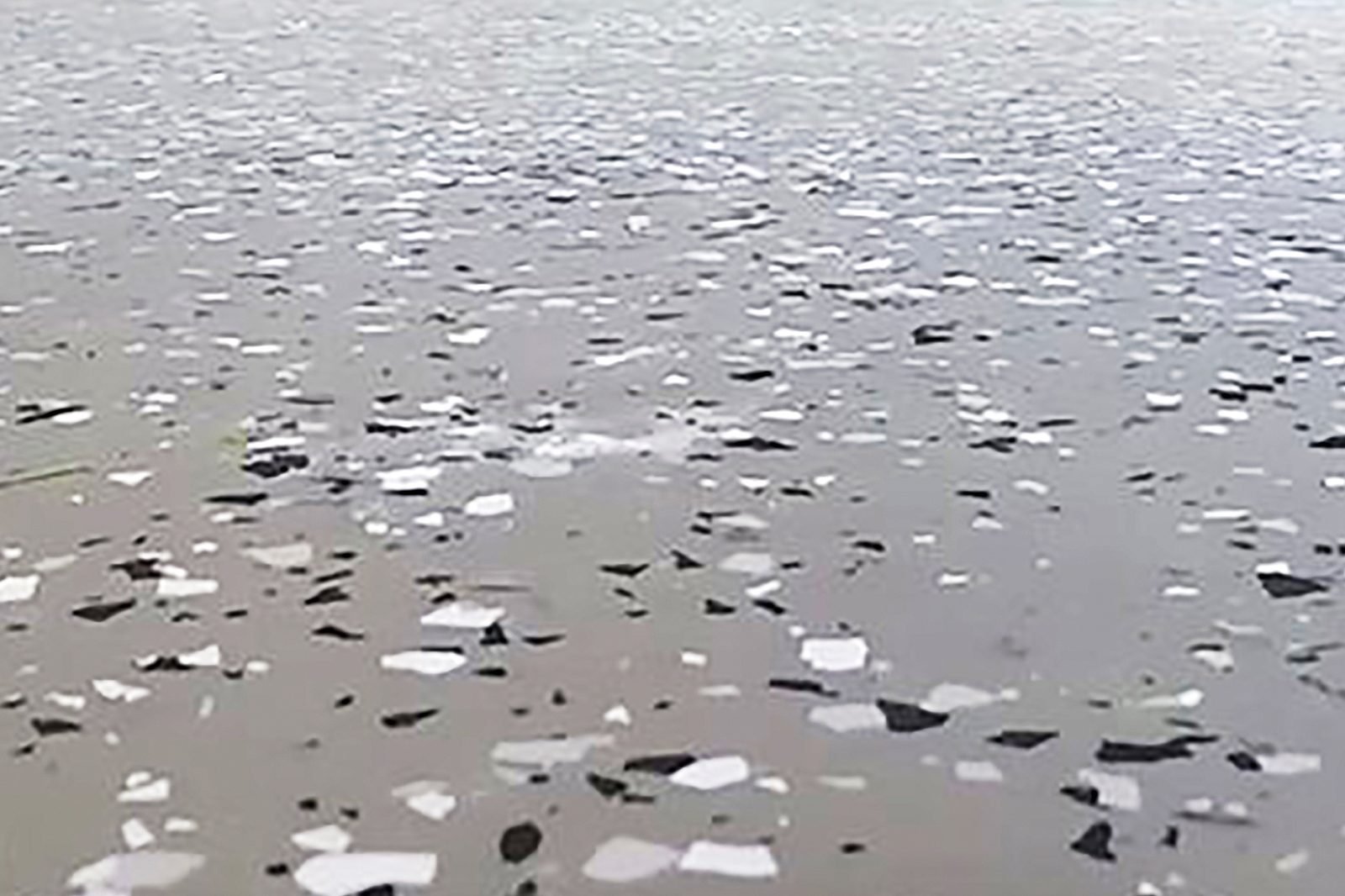This floor coating is a durable, versatile option that will make your garage the envy of your neighborhood.

What to Know About Polyaspartic Garage Floor Coating

Many homeowners use garage space as an extension of their indoor living space; the garage is a workshop, laundry room or recreation area. An uncoated concrete floor is an unattractive option if you spend significant time in your garage. Coat the floor and you increase its durability, make it easier to clean and improve the look, as well as a home’s resale value.
Epoxy is an increasingly popular floor-coating method for garages nationwide. It’s a DIY option, though a plethora of coating professionals are available for affordable installation. We’ve been asked about polyaspartic floor coating, and whether it’s a better option than the ubiquitous epoxy coating. The short answer? Yes.
On This Page
What is Polyaspartic Garage Floor Coating?
Polyaspartic coatings have been available for about 20 years but are only recently gaining ground in garages. The product is typically used on bridges and piers, or to coat parts of ships or railcars. It’s similar to polyurethane, though a polyaspartic cures faster than both urethanes and epoxies, and it can be applied in a wide range of temperatures.
Polyaspartics vs. Polyureas Garage Floor Coating
When shopping for a polyaspartic coating, it can be easy to confuse polyureas and polyaspartics; they’re related but different.
Chemical differences make polyaspartics more versatile, more durable and easier to apply on your garage floor. Although polyurea coatings are also durable, they have a short cure time. That makes them difficult to install, especially for DIYers.
How Does Polyaspartic Garage Floor Coating Cure?
Polyaspartic coatings cure quicker than epoxy coatings, but slowly enough that you can work with them. By manipulating the mixture of esters, polyaspartics manufacturers have made products with a cure time that’s slow enough for easy application and fast enough to quickly allow floor traffic.
A polyaspartic-coated floor can cure and be ready for foot traffic in two hours and vehicle traffic in 24 hours. In comparison, an epoxy-finish floor needs 12 or more hours of cure time before foot traffic and 72 hours before vehicle traffic.
What Else to Know About Polyaspartic Garage Floor Coating
That’s all good, so is there a catch?
Polyaspartic finishes do cost about 20 percent more than epoxies. Some companies sell polyaspartics by the gallon; Sherwin-Williams’ Elladur Floor Coating is part of its Industrial product line.
More resistant to UV exposure, polyaspartic coatings hold color better than epoxy coatings and will not yellow. They also resist marking from hot car tires, making them well-suited to garage use.
With a viscosity closer to water than paint, polyaspartic coatings can be a topcoat over epoxy. Versatile Building Products markets two-part kits through GarageCoatings.com that can be poured over a flaked epoxy floor.



















